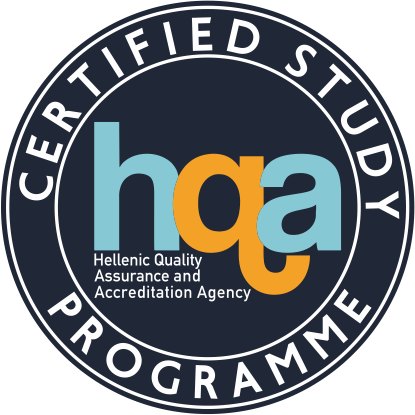| School |
Natural Sciences |
Academic Unit
|
Geology Department |
Level of Studies
|
Undergraduate |
Course Code
|
GEO_307 |
| Εξάμηνο σπουδών |
3ο |
Course Title
|
Computer applications in Earth Sciences |
Independent Teaching Activities
|
Lectures and laboratory work |
Weekly Teaching Hours
|
2 (lect.), 2 (lab.) |
| Credits |
4 |
Course Type
|
General Background, Field of Science (Petrology) and Skills Development (software use) |
Prerequisite Courses
|
No |
Language of Instruction & Examinations
|
Greek. Teaching may be however performed in English in case foreign students attend the course. |
Is the Course offered to Erasmus Students
|
Yes |
| Course Web-Page (URL) |
https://eclass.upatras.gr/courses/GEO320/ |
Learning Outcomes
|
By the end of this course the student will be able to:
- Elaborate X-ray Diffraction analysis data and perform qualitative mineralogical analysis using X-ray Diffraction patterns.
- Treat mineralogical and petrological raw data and classify them by using relevant built in diagrams (classification diagrams) or by constructing new ones (binary, ternary, spider, etc.).
- Use digital images of mineralogical and petrological samples (mainly from thin or thic sections) for evaluating their mineral modes and textural characterization.
By the end of this course the student will, furthermore, have developed the following general comptence):
- Develop skills needed for the elaboration of X-ray analysis data and their evaluation through the dedicated databases (PDF databases of the ICDD)
- Ability to manipulate mineralogical and petrological raw data for classification and characterization purposes.
- Ability to treat images of mineralogical and petrological samples in digital form in order to deduce significant characterization parameters.
|
General Competences
|
- Searching, analysis and synthesis of facts and information, as well as using the necessary technologies
- Autonomous (Independent) work
- Group work
|
| Syllabus |
Lectures and Laboratory exercises (hands-on)
- Evaluation of XRD analysis data through the implementation of dedicated software package and its complemented diffraction databases
- Use of Software package dedicated to the treatment and elaboration of mineralogical and petrological raw data.
- Use of a public domain Java image processing program for the modal and textural analysis of mineralogical and petrological materials.
|
| Delivery |
Lectures and laboratory work face to face. |
Use of Information & Communication Technology
|
Use of Information and Communication Technologies (ICTs) (e.g. powerpoint) in teaching. |
Teaching Methods
|
| Activity |
Semester workload |
| Lectures (2 conduct hours per week x 13 weeks) |
2x13=26 |
| Laboratory work (2 conduct hours per week x 13 weeks) |
2x13=26 |
| Hours for private study of the student and preparation of home-works and preparation for the Laboratory |
48 |
| Total number of hours for the Course |
100 |
|
Student Performance Evaluation
|
- Written examination (50% of the final mark)
- Oral examination (50% of the final mark)
Percentages are valid t only when the student secures the minimum mark of 5 in the final written examination
Greek grading scale: 1 to 10. Minimum passing grade: 5.
Grades <3 correspond to ECTS grade F.
Grade 4 corresponds to ECTS grade FX.
For the passing grades the following correspondence normally holds:
5 <-» E, 6 <-> D, 7 <-> C, 8 <-> Β and >9 <-> A |
Attached Bibliography
|
- Notes of lecturers in Greek.
- Various relevant scientific papers
- Sections of the user manuals of the various analytical instruments and their dedicated software packages
- Related academic journals:
- Computers & Geosciences (Elsevier)
|





